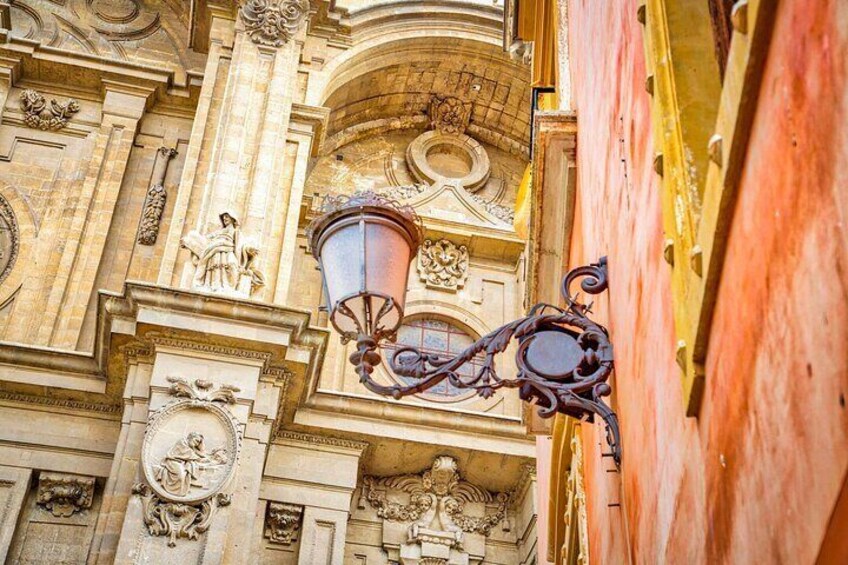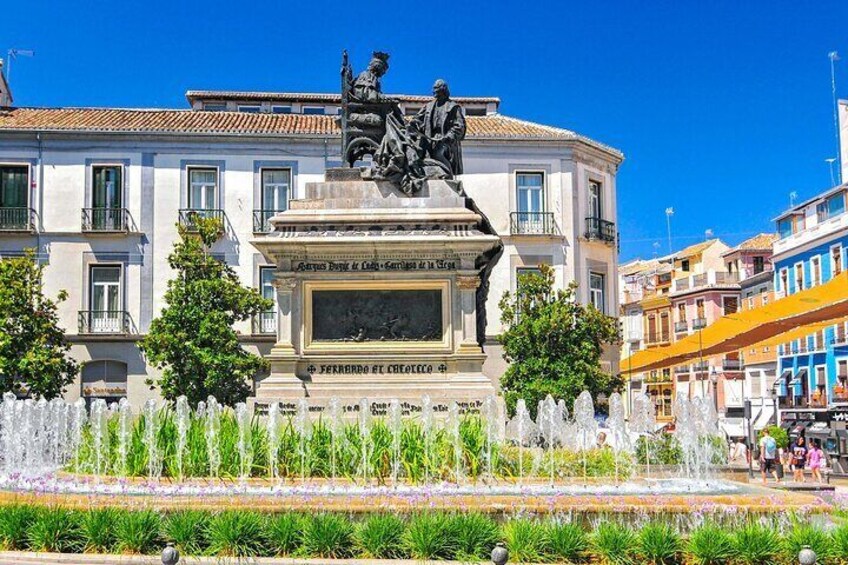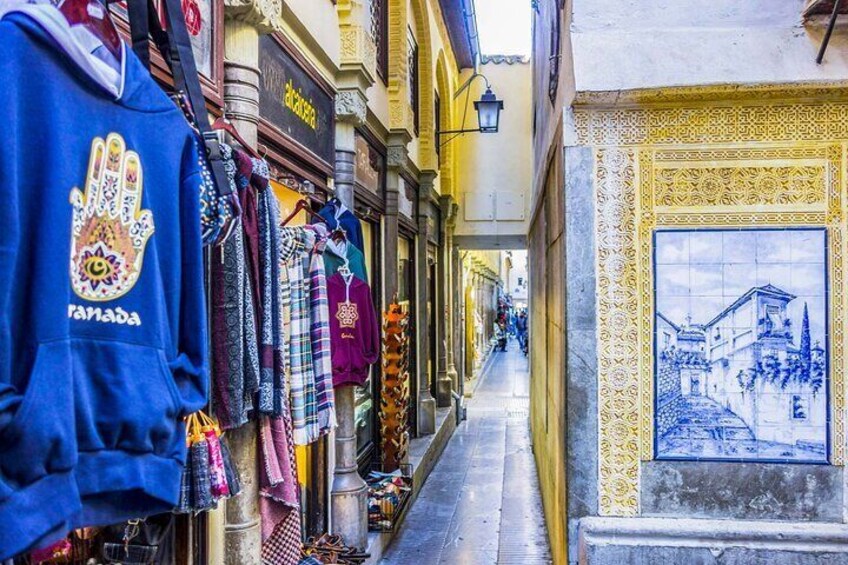Earn OneKeyCash when you sign in and book an activity





Granada Walking Tour with Audioguide on your Smartphone
Features
- Free cancellation available
- 3h
- Mobile voucher
- Instant confirmation
Overview
The audio guide serves as a convenient mobile companion for a self-guided tour of Granada. This tour is specifically designed for those looking to explore the city within a short span of 2-3 hours. Simply follow the route on the app's map, which takes you from Granada train station to the San Nicolás observation deck, passing by the historic city's landmarks. You're guaranteed to see: Granada Cathedral, Royal Chapel, Moorish Gate, Dar al-Horra Palace, Granada Arena, Alhambra Fortress, The charming streets of the Arabian market.
Once the tour is downloaded, the app functions offline. The audio guide can be clearly heard through your headphones at all times. Enjoy captivating stories and legends at your own pace, without the need to keep up with a tour group.
If you only have a few hours to spare in Granada, make the most of it with the TouringBee audio guide. You won't miss a thing.
Activity location
- Monumento A Los Emigrantes
- Avenida de Andaluces 14, Frente A La Estación De Tren. 59mr+vc Granada
- 18014, Granada, Spain
Meeting/Redemption Point
- Av. de Andaluces, 14
- 14 Avenida de Andaluces
- 18014, Granada, Andalucía, Spain
Check availability
English in English
- 3h
Activity duration is 3 hours 3h - Opening hours: Sat 7:00am-8:00pm
- English
What's included, what's not
- One-year access to the tour in your preferred language
What's included What's included - Audio guide app for iPhone and Android
What's included What's included - Illustrations to recognize landmarks
What's included What's included - Offline map featuring a route for effortless GPS navigation
What's included What's included - 25 audio recordings narrated by a professional historian
What's included What's included - In-Person Guide
What's excluded What's excluded - Smartphone and Headphones
What's excluded What's excluded - Transportation
What's excluded What's excluded - Food and Drinks
What's excluded What's excluded
Know before you book
- Public transportation options are available nearby
- Suitable for all physical fitness levels
- The audio guide is available through a mobile app for iOS and Android
- Entry tickets to the Cathedral, Royal Chapel, and museums are not included and must be purchased separately in advance
- The tour does not cover all the sights in Granada
- This is a self-guided tour, you will need to download the audio guide mobile app, activate your purchase, and follow the route on the app's map (without a human guide)
- The audio guide can be accessed at any time. The date and time provided during checkout are merely approximations
Activity itinerary
Monumento A Los Emigrantes
- 10m
Plaza de Toros de Granada
- 10m
Monumento a Federico Garcia Lorca
- 10m
IES Padre Suárez
- 10m
Puerta de Elvira
- 10m
Iglesia Parroquial de San Andrés
- 10m
Palacio Müller
- 10m
Basilica de San Juan de Dios (Pass by)
Cárceles secretas de la Inquisición
- 10m
Granada Cathedral (Pass by)
Royal Chapel of Granada (Pass by)
Palacio de la Madraza
- 10m
La Alcaicería (antiguo mercado de la seda)
- 10m
Plaza de Bib-Rambla
- 10m
Granada City Hall
- 10m
Plaza Nueva
- 10m
Mirador Ojo de Granada
- 10m
Palacio de Dar al-Horra (Pass by)
The Alhambra (Pass by)
Location
Activity location
- Monumento A Los Emigrantes
LOB_ACTIVITIES LOB_ACTIVITIES - Avenida de Andaluces 14, Frente A La Estación De Tren. 59mr+vc Granada
- 18014, Granada, Spain
Meeting/Redemption Point
- Av. de Andaluces, 14
PEOPLE PEOPLE - 14 Avenida de Andaluces
- 18014, Granada, Andalucía, Spain